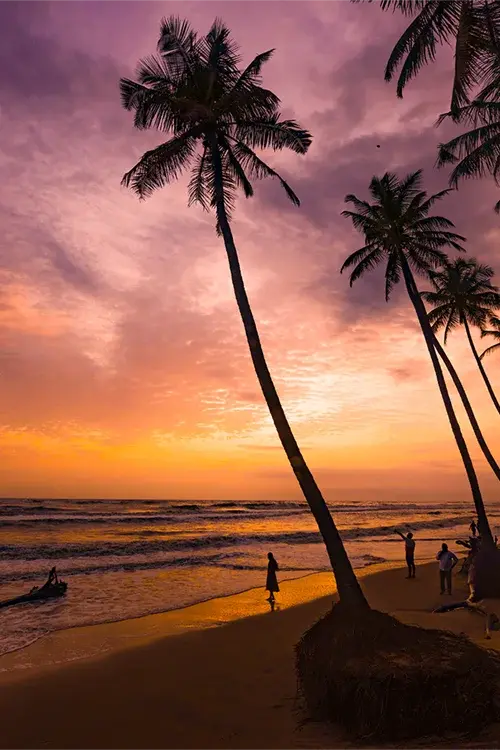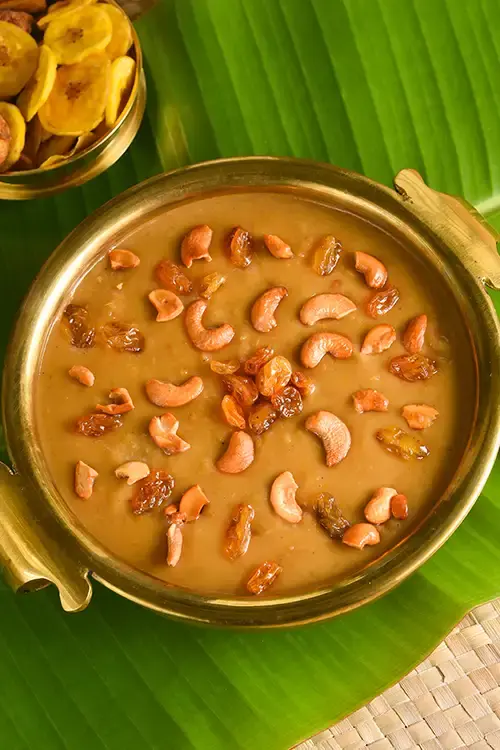FAQ
What is Kuttanad Below Sea-level Farming System (KBSFS)
The Kuttanad Below Sea-level Farming System (KBSFS) is a distinctive agricultural practice unique to the Kuttanad region of Kerala, where rice cultivation is carried out below sea level. This method involves reclaiming land by draining delta swamps in brackish water, a process recognized by the Food and Agriculture Organization (FAO). Spanning approximately 50,000 hectares, these rice fields, locally known as Puncha Vayals, are classified into three types based on their landscape: Karapadam (upland rice fields), Kayal (wetland rice fields), and Kari (land with black coal-like materials).
Developed nearly 150 years ago, Kuttanad’s farmers have perfected this remarkable technique, making it a model for sustainable wetland agriculture. The system not only supports large-scale rice farming but also integrates fish cultivation, providing a vital source of livelihood for local communities. Beyond its economic significance, the KBSFS contributes to biodiversity conservation and ecosystem preservation, highlighting the balance between human ingenuity and environmental sustainability.






